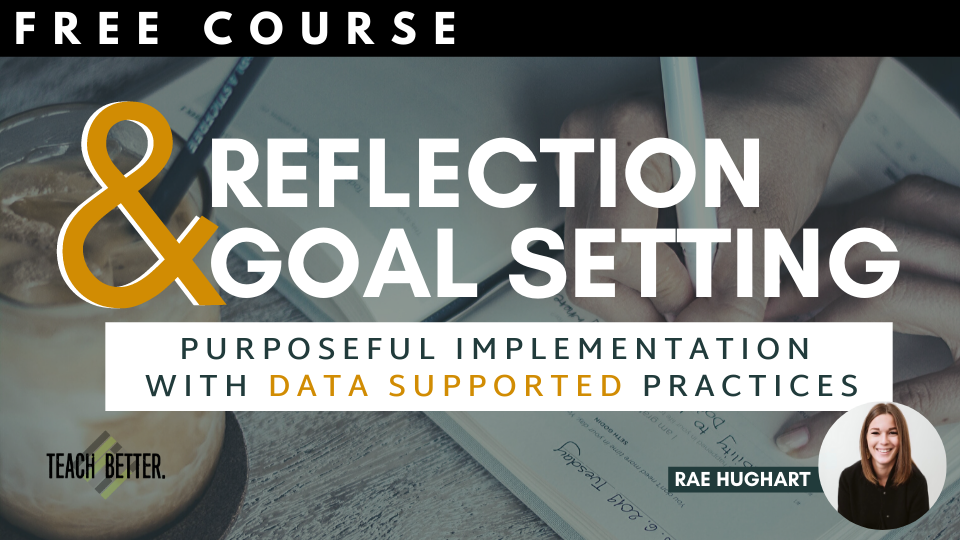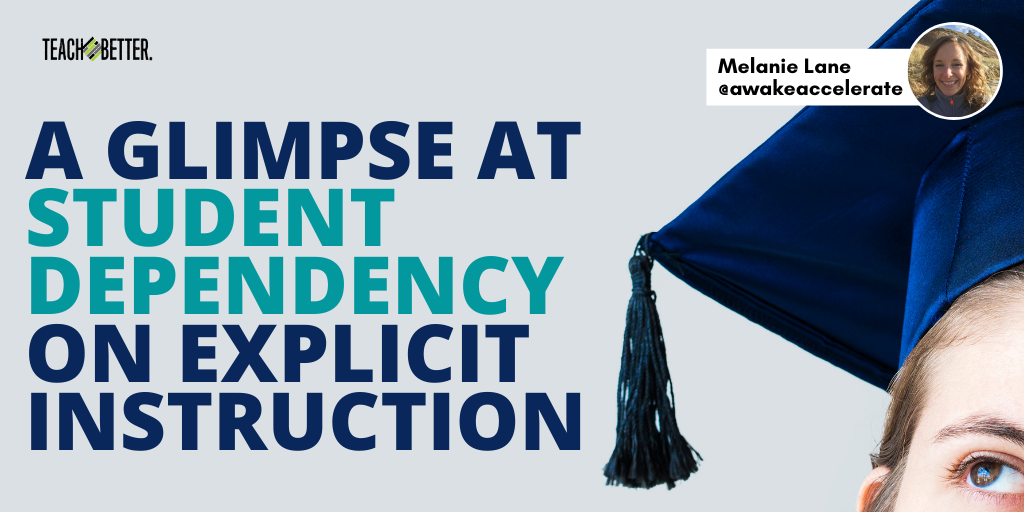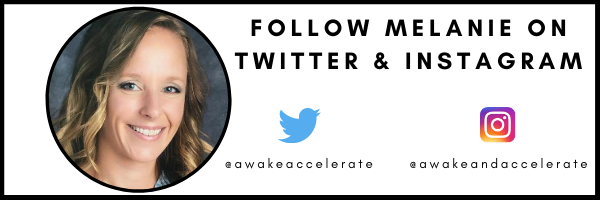TL;DR:
- Relying on skill and drill or surface-based instruction can increase students’ dependecy on explicit instruction.
- It is up to us as educators to reflect and evaluate which tasks or activities are essential and what is busy work.
- We must begin to veer away from assessments, activities, or projects that require kids to regurgitate information.
- Real-life application sheds truth on the fact that there can be many ways to achieve a solution.
Education was thrust into a form of learning that has never been done before as students took to their computers to access their virtual classrooms. As a special educator for nearly two decades, my first thought was, “Oh no! How will our students thrive without a lack of support?”
Support looks different for each of our learners. However, it undoubtedly resembles having a pseudo-parent at school to direct a student’s focus, actions, and frankly, making sure the child gets his or her work done. Miraculously, papers find their way into the correct places, assignments are found and turned in, and without student advocacy, things are clarified, restated, and redone.
This level of adult need from students has permeated all kids of all abilities in our learning environments. Teachers crave student success often in the form of work completion and passing grades. Meanwhile, students crave assurance, validation, and constant “guidance” to ensure they are “correct” in their work or thinking. Cue a worldwide pandemic and this slippery slope of codependency has found its way under the microscope.
COVID unknowingly revealed something we perhaps always knew to be true.
High stakes may have caused us to push aside the value of independence in our learners. Remote learning changed the landscape of instruction. Proximity control and physical management of a student’s direct environment are a thing of 2019. Teachers can no longer micromanage their students’ time and materials. We have been forced to relinquish control.
Fostering curiosity and encouraging risk will inspire our learners to look past their teachers for answers and begin looking within. Click To TweetWe now sit staring at a multitude of black squares on our computer screen. We beg for confirmation of our students’ existence. Mass remote learning will eventually come to an end. What lessons will we glean from our “ah-ha’s” and reflection? What change will resonate after this forced timeout from traditional instruction? Here are a few that stand out to me.
Student dependency on explicit instruction: We have a tendency to spoon-feed content.
This is a teacher trap I constantly find myself caught in. I cannot stand to watch a student struggle. I can grow uncomfortable with elongated wait times or errors. If I just had patience, these uncomfortable occurrences could be stepping stones to increased student understanding. Mistakes and exploration are how all humans gain the most profound understanding. If I constantly prohibit a child from making mistakes or struggling to search for answers, I am robbing them of ownership in their unique learning experience.
Furthermore, if I merely rely on skill and drill or surface-based instruction, my kids will miss the connections that turn recall into application. We can counteract this teacher-directed tendency if we merge student interest and schema with exploration of skills in a real-world context. Kids need to see first hand why the skills they are learning are important to their life outside of school. Fostering curiosity and encouraging risk will inspire our learners to look past their teachers for answers and begin looking within.
Student dependency on explicit instruction: Our desire for work completion can come at a cost of learned responsibility.
First, I must be clear that I do not believe in letting kids decide they are going to fail, especially at a young age. I believe in 2nd and 3rd chances. It may seem contradictory, but I also do not take accountability lightly. However, it is up to us as educators to reflect and evaluate what tasks or activities are essential and what is busy work. What is necessary for demonstrating learning or skill acquisition and what activities are to either pass time or show responsibility?
Once we have done our part making learning activities meaningful, we can then empower our students to do their part and grow their foundation of responsibility. One of the ways to build in accountability is through self-reflection. Educators must require kids to consistently reflect on their learning and their behaviors that either led to their success or to their underperformance.
We are more apt to get students to understand that learning is an action they have control over by shifting our focus from grade delivery to goal setting, action plans, and reflection. Schools must instill self-advocacy so students can make decisions that will help them get the grades they desire and seek out the help they need.
[scroll down to keep reading]
Student dependency on explicit instruction: We may have given “our way” too much credit. Let kids think for themselves.
It is limiting our students when we hold an answer in our head while asking them a question. If we have the course charted with no exceptions, we limit our students from being independent thinkers. Critical thinking is undoubtedly the most prized gift we can give our learners.
In order to accomplish this, we must begin to veer away from assessments, activities, or projects that merely require kids to regurgitate information that we have given to them. Real-life application sheds truth on the fact that there can be many ways to achieve a solution.
For example, it may be helpful for students to remember the definition of a fossil fuel. But if they have to draft up a plan to increase our use of renewable resources, they get to be the agent of change that explores many avenues to one intended outcome. However rote or explicit the skill, you need to project how the application will make the life of the student and the community they serve better. This is where application can wear the diverse wardrobe of the learner. It is the gift of providing them opportunities to participate in learning experiences with their own unique skill set.
Student dependency on explicit instruction: The problem-solving in our classrooms isn’t just about content.
Do we let kids figure it out? How do we respond when a student asks: “What do I do if I missed the notes from yesterday?” or “Where can I find the homework assignment?” Do we have explicit processes that kids can rely on so they do not need to seek out adults for all of their answers? Teachers have a responsibility to build self-advocacy and independence into our educational environments.
Paul Solarz’s work in student-led classrooms can come to the rescue for those of us who are looking for ways to promote behaviors found in independent, responsible students. When classroom jobs and responsibilities are placed on students, we not only instill in them the importance of problem-solving and self-help, but we also foster community. Students can learn to count on themselves and each other without feeling they are helpless if they do not know what to do.
There is no telling how long we will be learning in a virtual world. But we do know that in time (hopefully sooner than later) we will have our kids and our “normalcy” back in our classrooms.
What will we do with the lessons we have picked up this year?
We can remember that the independent mindset and habits we instill in our students will last them a lifetime. Everything can be a teachable moment, even if it means allowing students to seek out their own help, reflect on their choices, or simply let them struggle in order to persevere. Teachers must give themselves grace and shift the internal question from “What can be graded?” to “What can be learned?” We are here not just to make our kids the master of state standards, but the thinkers and innovators they were born to be.
About Melanie Lane
Melanie has been a special educator for 16 years. She has taught for ten years in a K-5 public school and then transitioned over to the middle school to help develop an inclusive program for students with emotional disabilities. She is currently serving as an instructional coach with an emphasis on continuum development for students with disabilities in grades 6-8.



